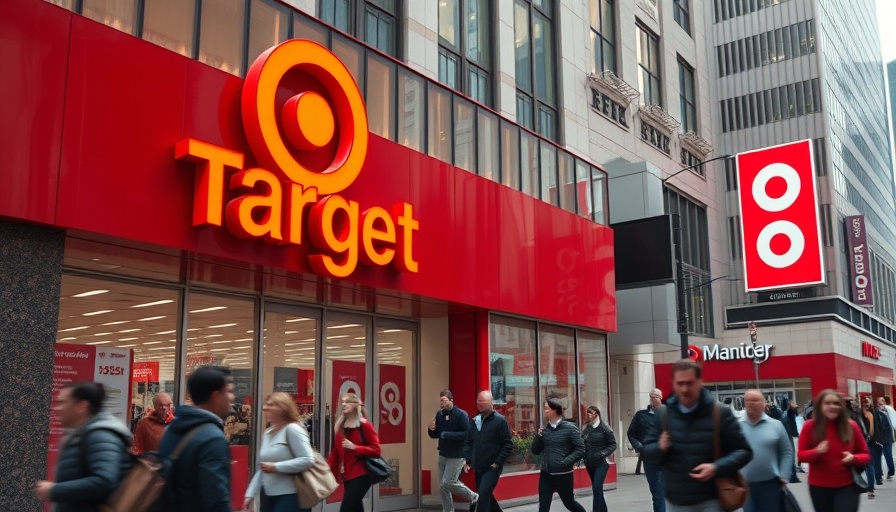
The Quiet Crisis: Understanding Retail Shrinkage
In the ever-evolving landscape of retail, one challenge looms larger than most: retail shrinkage. Retail shrinkage encompasses the loss of inventory from the supplier to the customer, driven by an array of factors, including theft, administrative errors, and obsolescence. Surprisingly, the less visible causes often contribute significantly to the staggering annual loss of $112.1 billion faced by retailers globally.
Why Shrinkage Matters to Financial Institutions
For those in the finance sector—business lenders, banks, credit card providers, and brokers—understanding the mechanics of shrinkage is essential. An increase in shrinkage directly translates to lower profitability for retail establishments, which may impair their ability to repay loans or sustain operations. Thus, as a financier, comprehending these dynamics can better inform lending decisions and client relationships.
Combatting Shrinkage: Strategies for Profit Protection
Addressing retail shrinkage is not merely about recovery but rather prevention. Retailers can mitigate these losses through strategic initiatives designed to enhance inventory management. Regular audits, employee training sessions, and upgraded inventory tracking systems are proactive measures that can yield significant dividends. By prioritizing employee transparency, retailers can also enhance accountability while reducing opportunity for theft, ultimately securing their bottom line.
Insights That Inspire Action
As lenders, recognizing the financial ramifications of shrinkage can empower informed lending recommendations. Providing retailers with tools and resources that help them combat shrinkage not only supports their operations but also enhances the stability of your portfolio. Retailers equipped with effective anti-shrinkage strategies can project growth, thereby increasing their capacity to service debts and contribute positively to local economies.
 Add Row
Add Row  Add
Add 




Write A Comment